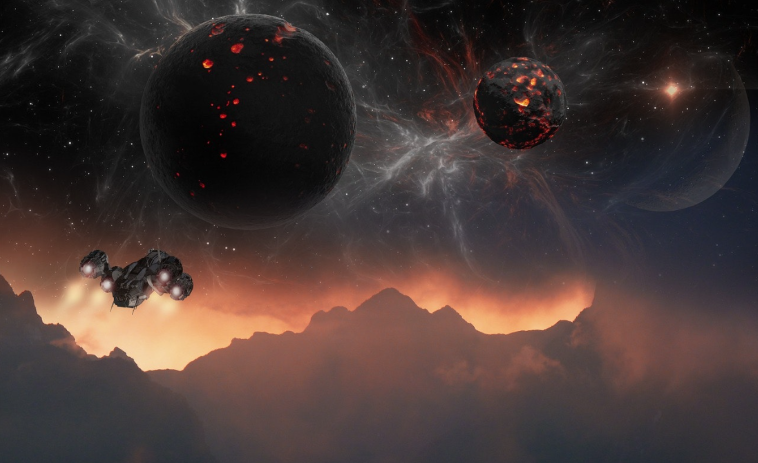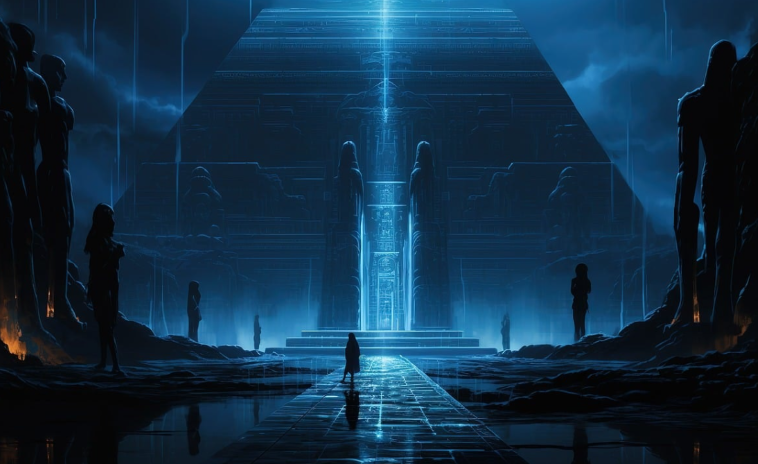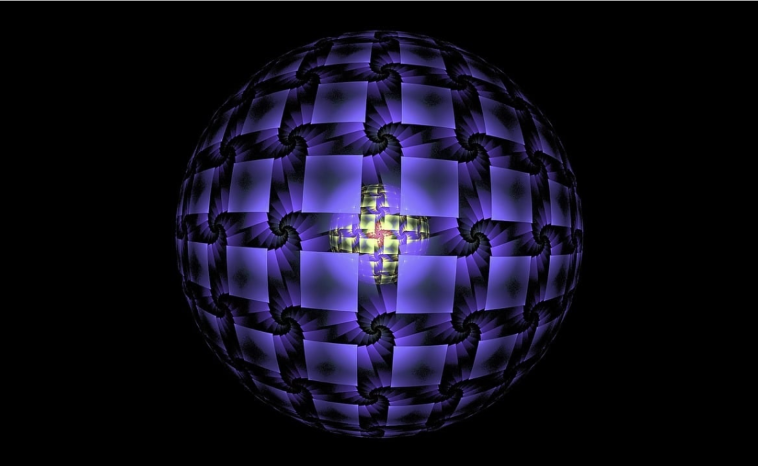Civilization types

Almost all SF writers and scientists who speculate about the future of our civilization or other extraterrestrial civilizations have a similar scenario, which follows the expansion of those civilizations throughout the local galaxy.
In such scenarios, everything starts with:
- the colonization of the surrounding planets in the local solar system,
- followed by interstellar travel,
- the colonization of other worlds,
- the establishment of interstellar federations or empires (the number of which gradually increases as one travels deeper into the galaxy),
- until finally a general galactic society.
Considering that despite our many years of attempts we still have no evidence of the existence of such advanced civilizations. But isn’t it a bit premature to draw such a conclusion?

Sometime in 1964, the Soviet astrophysicist and academic Nikolay Semyonovich Kardashyev proposed a polemical way to classify all technologically advanced civilizations.
In the original, he proposed three levels and defined a logarithmic scale of energy that would be available to them and that they could use to establish interstellar communication.
Type I (K I):

- These civilizations control the energy of the entire planet. They are able to influence their climate, can prevent earthquakes, and control energy on the order of 1016 watts.
- Although advanced, civilizations of this type are still faced with the fear of extinction caused by natural disasters such as collisions with asteroids or comets, and the like.
Type II (K II):
- These civilizations control the energy of the entire star.
- They are able to directly and literally exploit the stars.

- They have fully explored their planetary system and established numerous colonies in nearby star systems. The energy they are able to control is measured on the order of 1023 watts, or about 10 billion times that of Type I.
- Civilizations of this type are seemingly immune to the possibility of extinction.
Type III (K III):
- These civilizations control the entire galaxy.
- They control the space-time continuum and possess almost divine abilities.

- The only threat to their existence is the collapse of the universe itself (although they may be able to avoid even that).
- The energy at their disposal is again 10 billion times greater than the previous type, and is measured in 4×1037 watts.
Will we become a Type I civilization?
- At this point, meteorologically, we can hardly predict the weather more than 4 or 5 days in advance. We have barely left the borders of our home planet and only got to know the Moon and Mars and our closest surroundings.
- We have expended an incredible amount of energy and resources fighting over inconsistent political positions and ideological and religious differences.
- Environmental problems, such as global warming and pollution, are beginning to erode our climate and hard-earned infrastructure.
- The depletion of global resources is another cause for concern, as is the deforestation of the rainforest at a record pace.
Back in 1965, the American visionary Buckey Fuller said that we possess all the necessary technological knowledge to have a globally sustainable civilization in which everyone on the planet could live as a millionaire.
Why it is not so, our psychology is to blame, not technology … the lack of emotional, rational and social-somatic.

All the problems that are now poisoning our planet are solvable. We can emerge from idealistic dogmas, hatred, greed, poverty, wars, selfishness.
Once we get past that bottleneck, it’s relatively easy to sail on … to types 2 and 3, or at least get close to them.
Types II and III in SF
Most modern thinkers agree with the view that for our society, only once it has reached civilizational level 1, progression to types 2 and 3 would be a logical sequence of events. And in popular SF literature we can find examples of these types.
- The most popular type 2 civilization is certainly the United Federation of Planets described in the multi-decade TV series “Star Trek”, while the type 3 civilization is masterfully presented in the masterpiece of SF master, Isaac Asimov (1920-92), “The Endowment Trilogy”.
Following Segan’s suggestion that the scale needs to be graduated much more precisely, we see that on it “Star Trek” occupies a 2.1 or 2.2 position, because they explored only less than 1/10 of the entire galactic expanse.

There is also the “Culture” civilization of Scotsman Ian M. Banks (1954), located between 2.6 and 2.7, and whose highly cohesive civilization encompasses about 70% of the entire galaxy.
An even more literal interpretation
If we were to push the poppy to the limit, none of the mentioned examples reached the assumed type. Even “Star Trek” would not reach level 2 but would be closer to 1.7 or 1.8, because they still did not exhaust all the energy of the stars. There are at least a few ways to do this.
The first would be the Dyson sphere, a creation once proposed by the English theoretical physicist Freedman Dyson (1923). It is actually a hypothetical satellite megastructure that completely surrounds the parent star and that controls all the energy it emits. Such a structure could increase the energy it receives from the star, but only up to the level the star allows.

There is an even more efficient method, by which it could use the energy stored in the stars in a fast and efficient way, and even extend the life of such sources. Such a method was proposed by David R. Criswell and called “Star lifting”.
By using lifting, it is literally possible to dig into the interior of a star and extract more energy from it than it gives off naturally.
As part of that process, it’s possible for a certain type of star to turn into a white dwarf and continue to give off incredibly high energy for trillions of years, instead of just a few billion, as would be normal for such a star.
Technically, Type 3 civilizations could remake every star in the galaxy this way!
Paradox: Where are they?
If we conditionally say that there is some possible circumstantial evidence of the existence of Type 2 civilizations, we should have by now discovered at least some evidence of the existence of anything close to Type 3.
Civilizations that could use even half of the galactic resources would be observable from at least half a billion light-years away. But, to date, nothing like that has been discovered.
That is why today practically all scientists conclude that precisely this absence of indications is solid evidence that advanced civilizations are either extremely rare or too far away, or that they do not exist at all.
- It is possible that other civilizations have not yet reached Type 2 status, but this is unlikely because the time to go from Type 1 to Type 2 is very short.
- Once we pass the point of singularity (type 1), then rapid growth in intelligence combined with advanced molecular nanotechnology will be all we need to perform a star lift or Dyson scales.
- The time frame for the transition from type 1 to type 2 is so small that it is only the blink of an eye by cosmic standards. The time required to jump from type 2 to trip 3 is not much longer either, perhaps 500,000 years, assuming the speed of light remains a barrier.
An additional 500,000 is another blink from a cosmic perspective. To understand how short a period that is, if we represent the age of the universe as one 24-hour period, 500,000 years would be equivalent to a length of 3.15 seconds.
Although other opinions exist, many believe that life is probably quite widespread in the cosmos, including various intelligent forms.
With the right conditions and a little luck, enough planets could reach their singularity.
If all of the above is true, then either a large number of civilizations have destroyed themselves before reaching that level or have just reached it, or advanced civilizations do not follow the curve and laws we have predicted.

